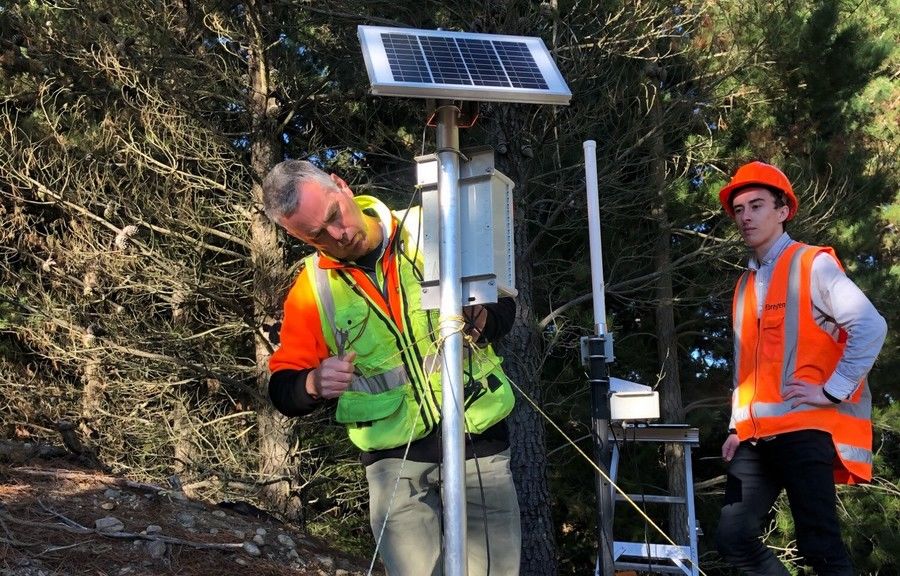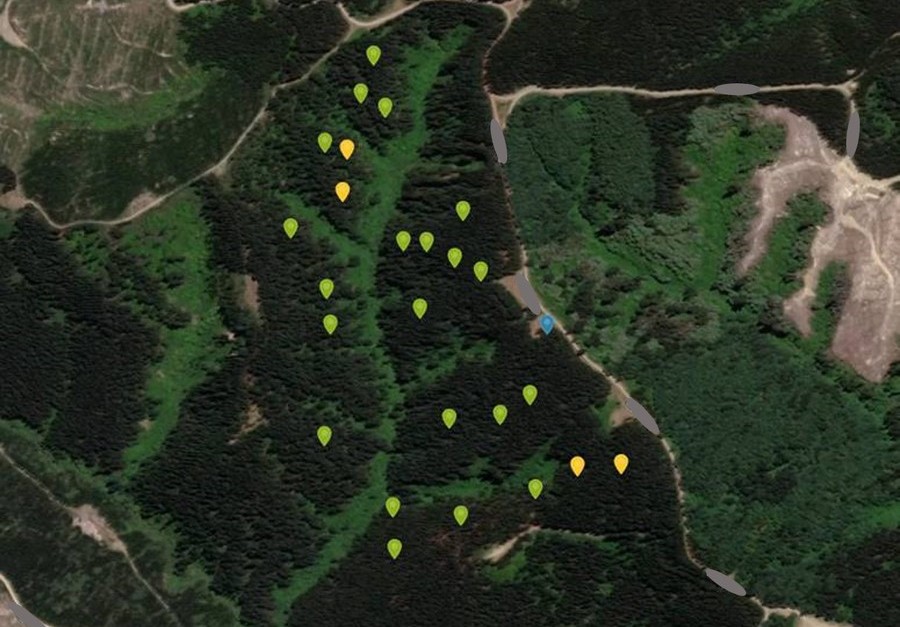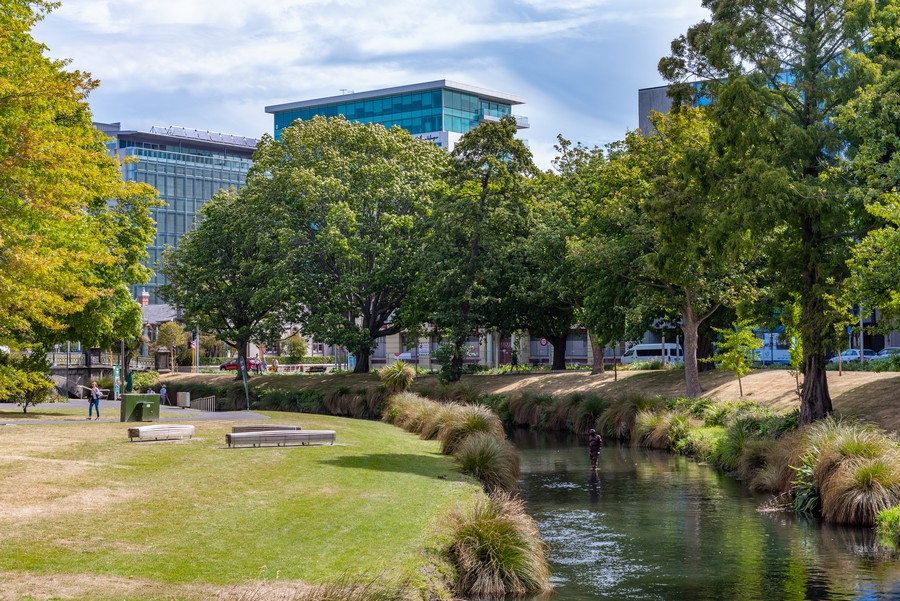Wood, forests making a splash: Marking International days of Forests, Wood, Water
21 March 2024
Water, forestry and wood are in the spotlight this week as the world celebrates World Wood Day and International Day of Forests today (March 21) and World Water Day tomorrow (March 22).
A world of wood
Since its inaugural celebration in 2013 in Tanzania, World Wood Day has been widely celebrated with people coming together to recognise the importance of wood and wood use in our daily life, and how wood plays a key role in a sustainable future. This year, the theme is Diversity of Wood in culture.
The United Nations General Assembly proclaimed March 21 the International Day of Forests in 2012. It celebrates and raises awareness of the importance of all types of forests. This year’s theme is Forests and Innovation: New solutions for a better world.
The key messages for 2024 include Innovation and technology have transformed countries’ ability to monitor and report on their forests; and Research and science are pushing the boundaries of what we can do with wood and other forest products.
Forests cover about 38% of New Zealand or 10.1 million hectares. About 2.1 million is plantation forest.
The theme of World Water Day 2024 is ‘Water for Peace’. The day celebrates water and inspires action to tackle the global water crisis.
Forest flows
Scion plays a critical role in pushing the boundaries of what we can do with wood. Our innovations are helping create alternatives to unsustainable materials and fossil fuels.

Our Forest Flows programme, a five-year research programme funded through the Ministry of Business, Innovation and Employment Endeavour Fund from 2019, exists at the intersection of both forests and water. The programme is filling a 40-year gap in forest hydrology research with an integrated sensor network across 10 research sites covering a range of catchment sizes and rainfall gradients.
It will ultimately reveal how resilient New Zealand’s planted forests are to floods and drought and how water moving through forests will be impacted by climate change. The programme looks at how water moves through catchments and is stored.
Using modelling and observations from a network of sensors, scientists accurately predicted tree water use, catchment groundwater and stream water from radiata pine catchments under the current climate.
They also have discovered forest trees do not use most of the water that falls and exotic and indigenous species use similar levels of water. Early analysis of the amount of water stored in the soil shows it can be stored for up to 200 days and analysis is continuing.

Data about water storage in shallow groundwater and during extreme rainfall events was collected during the Auckland Anniversary weekend floods and Cyclone Gabrielle. It showed nearly 60% of the rain that fell during those events was stored within the forest rather than flowing immediately across the ground and into waterways. The forest catchment was in effect acting as a sponge.
Using soil moisture data collected from the programme, combined with remote sensing (satellite) hydrological data, the Forest Flows team recently published a scientific paper in the Remote Sensing Journal.
In the paper, led by University of Massachusetts, researchers compared satellite data with ground sensor networks to demonstrate the ability of satellite-based remote sensing to detect and quantify dry periods in planted forests in New Zealand. Droughts are a critical component of global climate change and while satellite-based remote sensing offers a valuable tool for monitoring and assessing drought conditions over large and remote forested regions, drought indicators can be better captured from soil moisture observations.
Dean Meason says the Forest Flows research is critical in the current climate and to help understand what could happen with climate change in the future.
“Look at what the events of the last year have shown us in terms of extreme rainfall and droughts ...”
Forest Flows is supported by key collaborator NIWA who installed and maintained the equipment and provides ongoing hydrological science expertise.

Urban Forests Symposium
While Forest Flows research largely centres around plantation forests, Scion is also working in the urban forests space with an event on the topic in just under three weeks.
Scion, Manaaki Whenua – Landcare Research, the University of Canterbury, and Christchurch City Council are joining forces to host Urban Forest Futures New Zealand: Te aka tāngaengae – Pūtaringamotu, a first of its kind, two-day symposium on April 10-11.
This event will see researchers, mana whenua, urban planners and foresters, council and government officials come together in Ōtautahi Christchurch in April to discuss how best to address the challenges in establishing and maintaining green spaces across Aotearoa.

Discussion will focus on highlighting the importance of urban forests in mitigating the effects of climate change, enhancing city living, improving environmental health and safeguarding biodiversity.
“Urban forests will not only help mitigate the effects of climate change but are also a key element in creating equitable, healthy and vibrant cities,” says Dr Thomas Carlin, an ecologist with Scion in Christchurch.
Take some time to get out and enjoy our natural treasures this week in celebration of wood, water and our forests.
